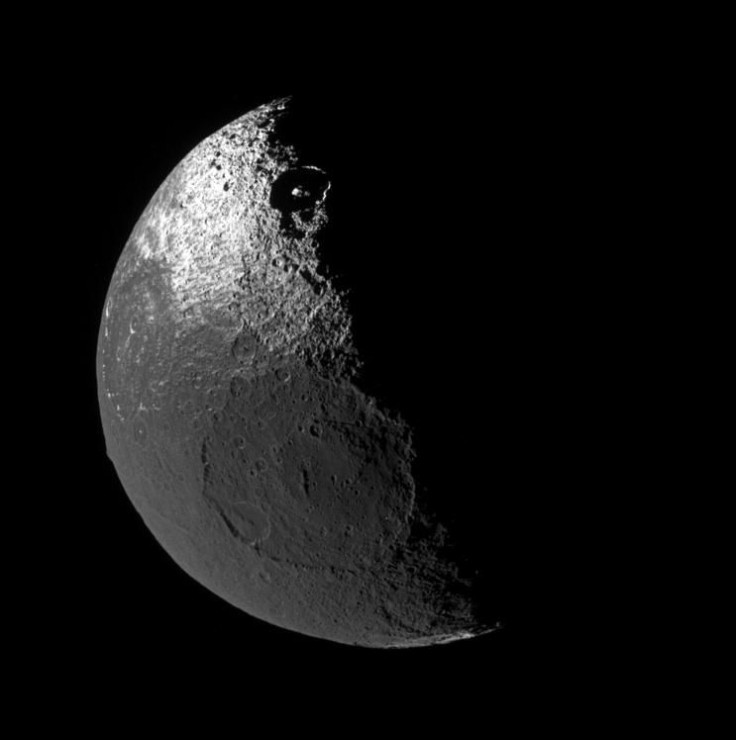Trump Promises To Plant American Flag On Mars, And Put Astronauts On The Moon Again

In his 4 th of July celebrations speech, the President Donald Trump promised to plant the American flag on Mars. Since taking up the presidency, Trump has announced various space exploration projects, including the creation of a Space Force to fight wars in outer space and plans to send mankind back to the moon.
The president cited the Apollo 11 moon landing, according to Space.com, as an example of American ingenuity, spirit and potential. He said nothing is impossible for Americans. “Exactly 50-years ago this month, the world watched in awe as Apollo 11 astronauts launched into space with a wake of fire and nerves of steel, and planted our great American flag on the face of the moon,” Trump said.
Then he addressed Gene Kranz, Apollo’s program flight director, saying, “I want you to know that we are going to be back on the moon very soon, we will plant the American flag on Mars.” The United States has been very much ambitious about going back to the moon and landing astronauts on Mars amid the new space race with China and Russia.
NASA administrator Jim Bridenstine had said at the Humans to Mars Summit 2019 that the agency is doing both the moon and Mars in tandem. Moreover, the original target date for the upcoming lunar landing was 2028 but U.S. vice-president Mike Pence ordered NASA to bring it forward to 2024. “The 2024 landing will occur near the moon’s south pole, where water ice is abundant on the floors of permanently shadowed craters and will feature at least one female astronaut,” NASA officials said.
The agency also plans to build The Gateway, which is a moon-orbiting space station, in the early 2020s. NASA said the outpost will serve as a jumping-off point for sorts, both crewed and uncrewed, to the lunar surface.
After the 1972 moon landing, humans didn’t look back at the lunar surface again. NASA and its scientists turned their attention to neighboring stars and planets. The Americans now plan to establish a permanent base on the moon, according to the Atlantic, that would someday help the U.S. mount a mission to Mars.
And this ambitious plan has been backed with the latest NASA budget of $21.5 billion. The Atlantic said the space agency has spent years working on a rocket powerful enought to take astronauts to the moon and back to Earth. “If commercial rockets are the only way to get American astronauts to the moon in the next five years, then commercial rockets it will be,” Pench had said.
© Copyright IBTimes 2024. All rights reserved.




















